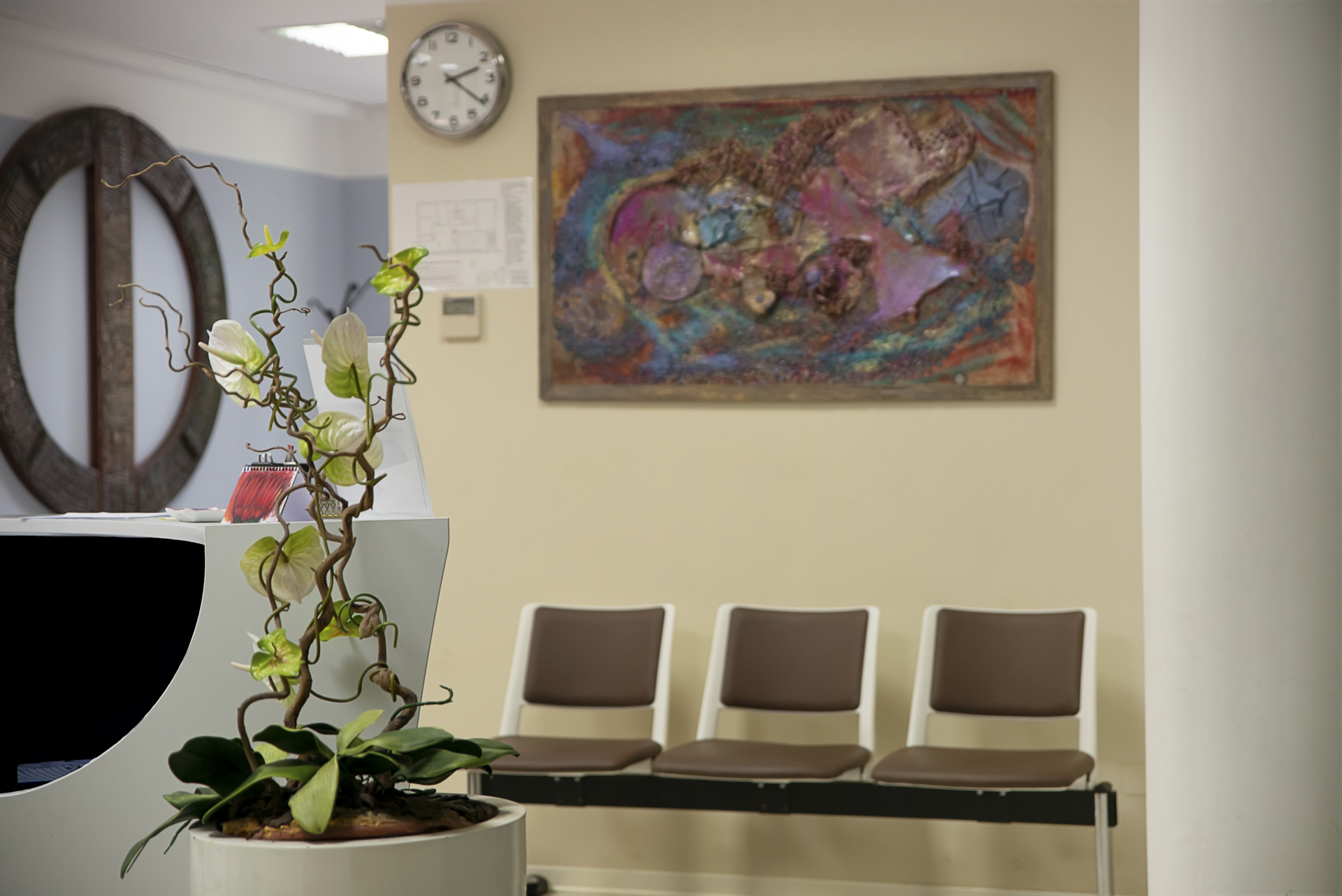

#DOMUS MEDICI FREE#
Raffaello Corradi, bracket in the form of a harpy, 1637, façade of Palazzo Marucelli, FlorenceĪmmannati’s brackets in anthropomorphic form, Buontalenti’s bat in the Palazzo Non Finito, the small devil by Giambologna on Palazzo Vecchietti, the harpies by Raffaello Corradi on Palazzo Marucelli – all these are fantastic fauna, which sprawl in the tympani, corbels and windows of Florentine palaces, inciting fear and influencing the collective subconsciousnes of the observers.Īndrea di Michelangelo Ferrucci (1559-1626), Fontana dello Sprone, 1598 (between Via dello Sprone e Borgo San Jacopo), Florenceįountains too assume some considerable importance, as it is here that sculptors can give free rein to their fantasies. Giambologna (1529-1608), Il diavolino, 1560, original in Museo Stefano Bardini, Florence (copy installed between Via dei Vecchietti & Via Strozzi). E, nn.111,112, Biblioteca Marucelliana, Florenceīernardo Buontalenti (1523-1608), mascaron on the façade of the Palazzo Nonfinito, 1596, Florence It is very probable that in the stunning and bizarre aesthetic qualities of these masks and monsters, artists saw – or thought they saw – the chance for a two-fold liberation: from a simple imitation of nature, and from the religious subjects imposed by theologians as well as from the rules of the architectural orders.īartolomeo Ammannati (1511-92), brackets in the form of masks, drawing for courtyard in the Palazzo Pitti, vol. There are numerous literary references to the grotesque element in art, for instance in the essays of Lomazzo, who justifies this taste as an ancient leitmotif in his Rime ( Poems imitating grotesques), or in Cardinal Paleotti’s Discorso intorno alle imagini sacre e profane ( Discourse on sacred & profane images), which criticizes the grotesque as a freak of nature made by mediocre painters, who could not therefore be trusted to work in churches. 1554, drawing, 407 orn., Gabinetto disegni e stampe, UffiziĪ related study for a coat of arms, formerly attributed to Perin del Vaga but now given to Pellegrino Tibaldi, confirms the derivation of the Auricular style from the scrolling edges of a shield or cartouche: a source which many scholars will recognize. Pellegrino Tibaldi (1527-96), study for a coat of arms, c. We can see a similar drawing of grotesques with a mask in the Cabinet of Drawings & Prints in the Uffizi this was formerly attributed to Giovanni da Udine but has recently been reattributed to Perin del Vaga. There are also remarkable grotesques in the Logge of the Vatican which were painted in about 1518 by Raphael’s pupils, Giovanni da Udine and Perin del Vaga. Perin del Vaga (1487-1564), grotesques with mascaron, drawing, 184 orn., Gabinetto disegni e stampe, Uffizi Similarly, Giorgio Vasari remarked on the ‘new fantasies in the grotesque style’ of his contemporaries, such as these in the courtyard of the Palazzo Vecchio, above, by Marco da Faenza, a pupil of Vasari. Marco da Faenza (c.1528-88), grotesques, c.



In the first decades of the 16th century, Pirro Ligorio had already commented on the ‘strange effigies’ – the grotesque masks – on works by Michelangelo: for example, on his statue of Giuliano de’ Medici in the Medici Chapels. Michelangelo (1475-1564), anthropomorphic mask (detail on the breastplate of Giuliano de’ Medici), c.1526, Medici Chapels, Florence When it was uncovered in 1480 it immediately became very popular. Grotesque faces, 1st century AD, Domus Aurea, RomeĪs is well known, the term ‘grotesque’ comes from the discovery of the ancient decorations in the ‘grotto’, as the Domus Aurea was nicknamed. Marilena Mosco discusses the ‘Medici’ frames: Italian frames made in the Auricular style and which are part of the Medici collections, more particularly those of Leopoldo and Giovan Carlo de’ Medici (now divided between the Galleria degli Uffizi and the Palazzo Pitti), possess a special feature – they use decorative motifs which frequently remind us of the ‘grotesque’, and which are typical of Mannerism.


 0 kommentar(er)
0 kommentar(er)
